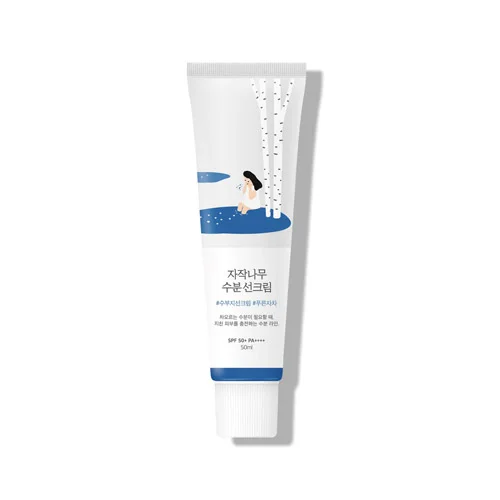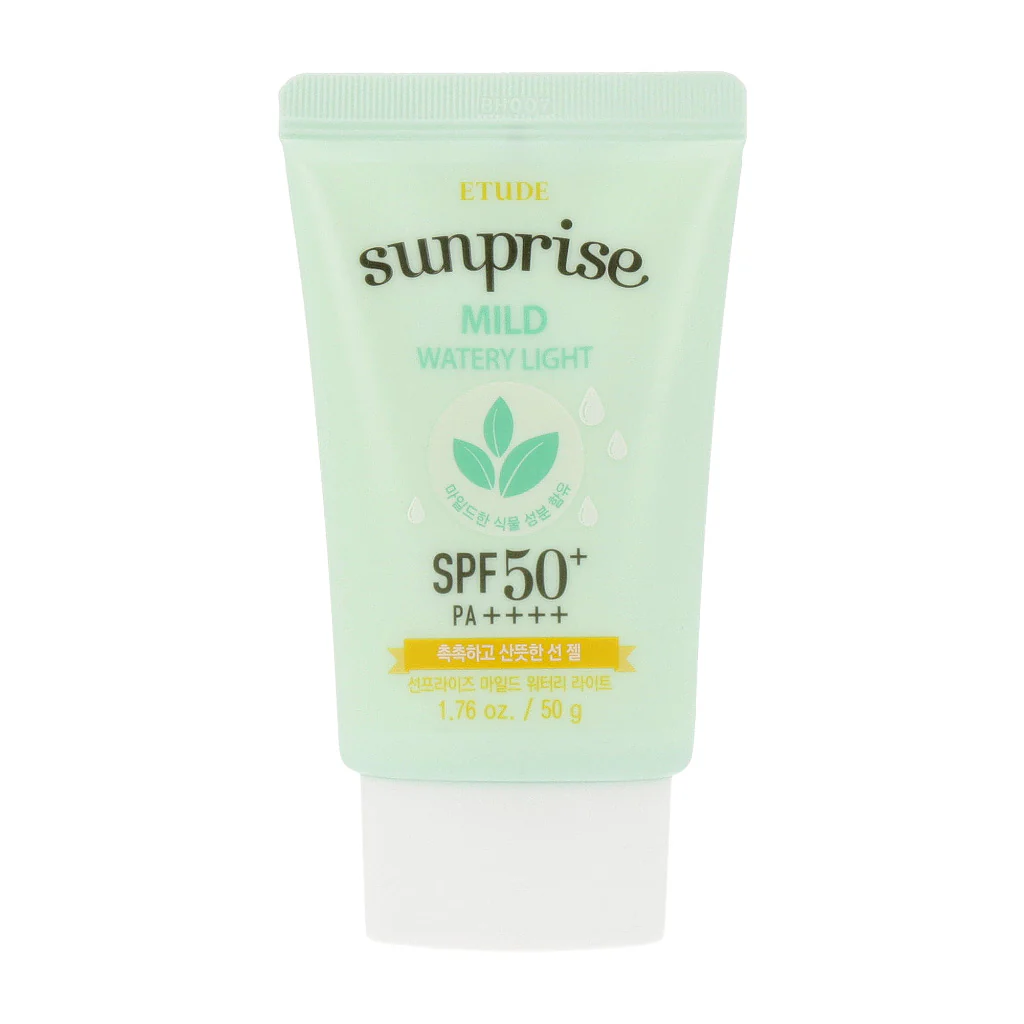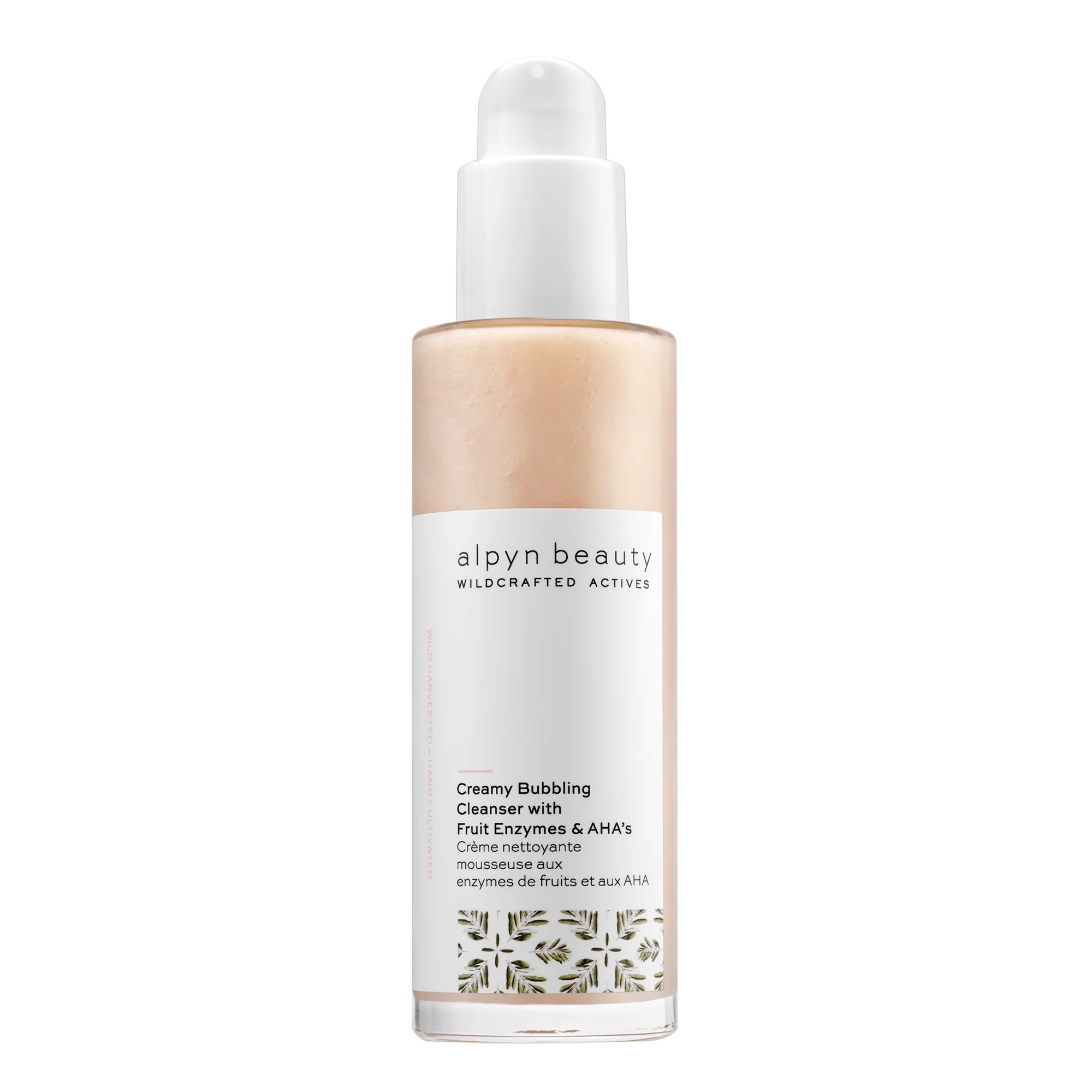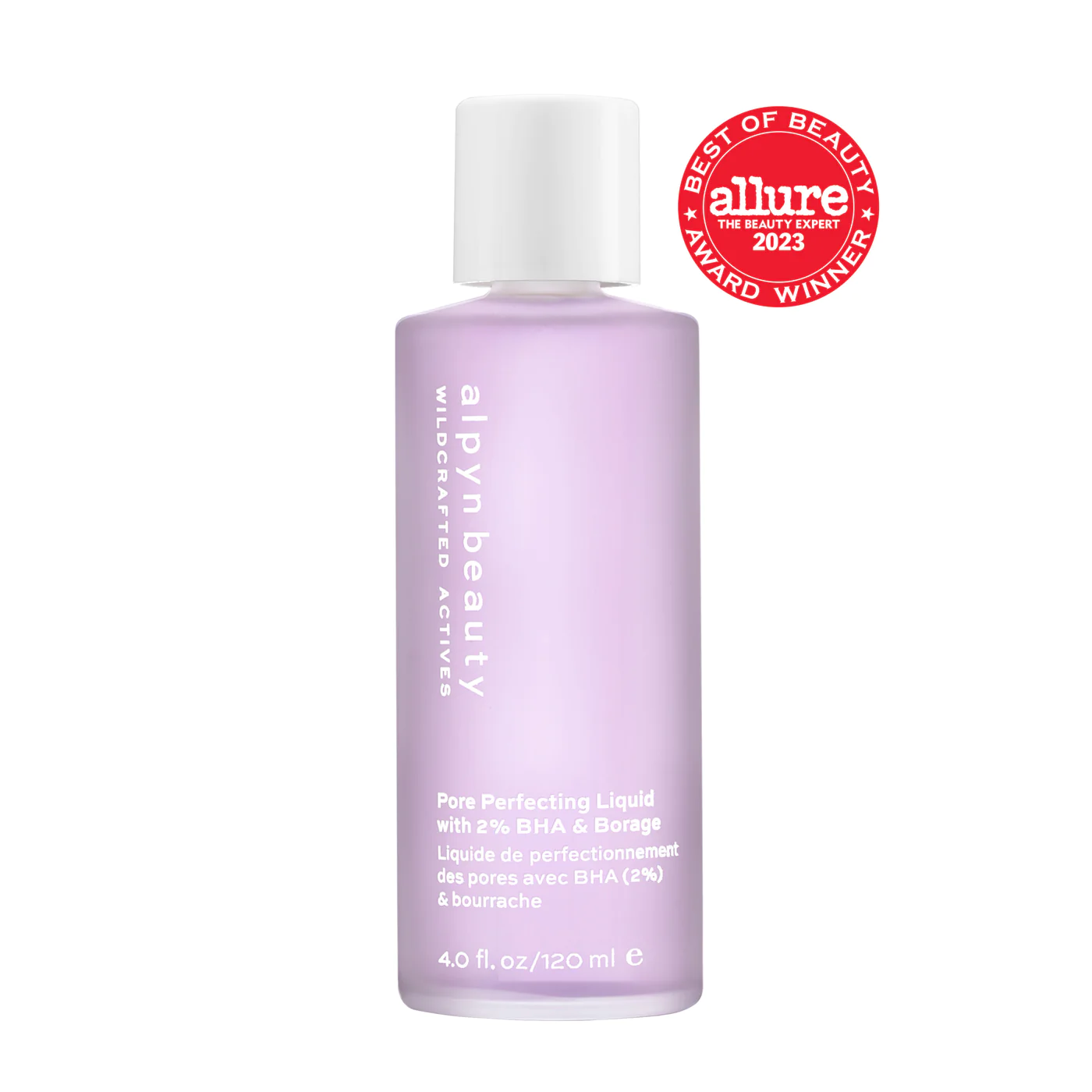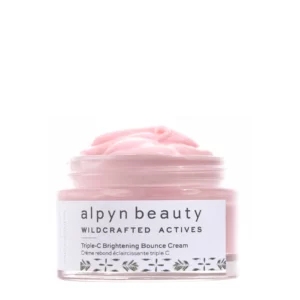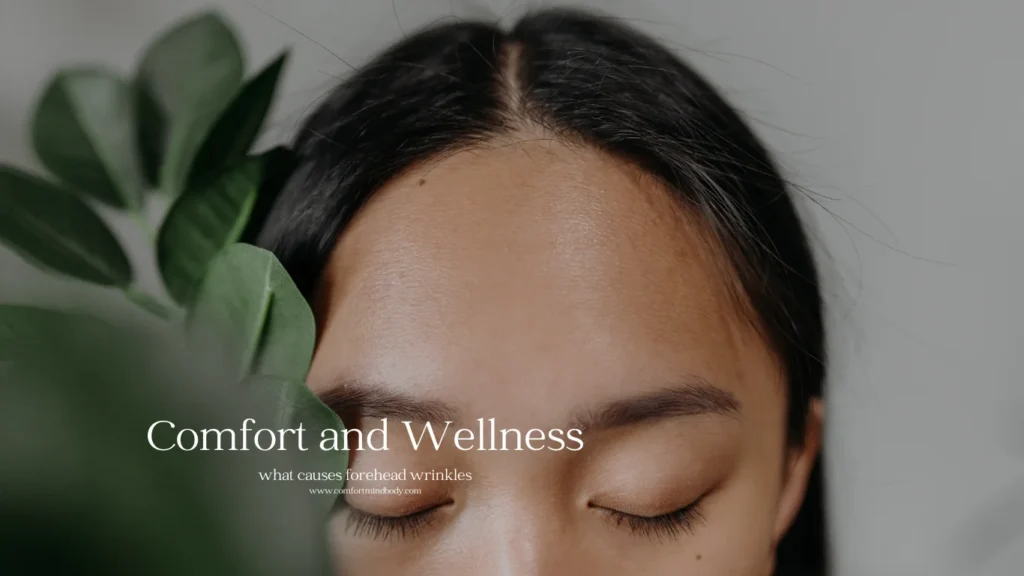Table of Contents
ToggleIntroduction:
The way you start your day can set the tone for everything that follows. This is true for your mood, your productivity, and yes, even your skin. A morning skincare routine is more than just a habit. It’s a ritual that can boost your confidence and set a positive tone for the day.
But where do you start? With so many products and steps, it can be overwhelming. Especially when you’re still half-asleep and just want to hit the snooze button.
That’s where we come in. This comprehensive guide is designed to demystify the morning skincare routine. We’ll break down the steps, explain the order, and even delve into the world-renowned Korean skincare routine.
Whether you’re a skincare novice or a seasoned enthusiast, there’s something here for you. Plus, we’ll also explore the differences between morning and night skincare routines. You’ll learn why certain steps are crucial in the morning, and how they can help you achieve that coveted morning glow.
But skincare isn’t one-size-fits-all. That’s why we’ll also guide you on how to adapt your routine based on your skin type, lifestyle, and even the changing seasons.
So, are you ready to begin your day the right way? Let’s dive into the world of morning skincare.
Understanding the Importance of a Morning Skincare Routine
Skincare is more than just vanity. It’s about health and well-being. Your skin is the largest organ of your body. It’s your first line of defense against environmental stressors like pollution, UV rays, and harsh weather.
A morning skincare routine helps prepare your skin for these challenges. It’s like a daily boot camp that keeps your skin strong and resilient. But it’s not just about protection.
A morning skincare routine also helps maintain your skin’s health and vitality. It can help keep your skin hydrated, nourished, and glowing throughout the day.
Moreover, a morning skincare routine can also be a form of self-care. It’s a moment of calm in the morning rush, a time to focus on yourself before the day’s demands kick in.
In short, a morning skincare routine is an investment in your skin’s future and a boost for your day ahead.
The Science of Morning Glow
Ever wondered why some people seem to have a natural morning glow? It’s not just about good genes or a healthy diet. It’s also about skincare. Your skin goes through a lot during the day. It’s exposed to sun, wind, pollution, and makeup, among other things.
A morning skincare routine helps counter these effects. It replenishes lost moisture, repairs damage, and provides a protective barrier for the day ahead. The result? A healthy, radiant glow that lasts all day. But remember, achieving a morning glow doesn’t happen overnight. It requires consistency and patience.
Morning Skincare vs Night Skincare: The Key Differences
You might be wondering: Is there a difference between morning and night skincare? The answer is yes. While both routines aim to keep your skin healthy, their focus is different.
Morning skincare is all about protection. It’s about preparing your skin for the day ahead, shielding it from environmental stressors, and maintaining its hydration and glow.
On the other hand, night skincare is about repair and renewal. It’s the time when your skin heals and regenerates, making the most of the products you apply.
That’s why certain products, like retinoids and heavy moisturizers, are often recommended for nighttime use. They work best when your skin is in repair mode.
In contrast, products like sunscreen and antioxidants are crucial for your morning routine. They help protect your skin from UV rays and free radicals, which are more prevalent during the day.
In short, both routines are important for maintaining healthy skin. But understanding their unique roles can help you make the most of your skincare regimen.
Crafting Your Morning Skincare Routine
Creating a morning skincare routine is like building a house. You need a solid foundation, the right materials, and a clear plan. The first step is to understand your skin type. Is it oily, dry, combination, or sensitive?
Your skin type determines the kind of products you need. For instance, oily skin may benefit from lightweight, oil-free products, while dry skin may need richer, more hydrating formulas.
Next, identify your skin concerns. Are you dealing with acne, wrinkles, hyperpigmentation, or redness?
Your skin concerns guide your choice of active ingredients. For example, salicylic acid can help with acne, while retinol can address wrinkles.
Finally, consider your lifestyle and preferences. Do you prefer a minimalist routine or a multi-step regimen? Do you have time for a morning routine, or do you need something quick and easy?
Your lifestyle and preferences determine the complexity of your routine. It’s important to choose a routine that you can stick to consistently.
Step 1: Cleansing Your Skin
Cleansing is the first step of any skincare routine. It removes dirt, oil, and makeup, leaving your skin clean and ready for the next steps. But not all cleansers are created equal.
- For oily or acne-prone skin, consider a foaming cleanser. These cleansers can help remove excess oil without stripping your skin.
- For dry or sensitive skin, a cream or lotion cleanser may be more suitable. These cleansers are gentler and more hydrating.
- For combination skin, a gel cleanser can be a good option. It offers a balance between oil control and hydration.
Remember, the goal of cleansing is not to make your skin feel squeaky clean. That can be a sign of over-cleansing, which can disrupt your skin’s natural barrier.
Instead, aim for a clean, refreshed feeling. Your skin should feel comfortable, not tight or dry. Also, be gentle when cleansing. Avoid scrubbing or rubbing your skin, as this can cause irritation.
Step 2: Toning for Balance
After cleansing, the next step is toning. A toner helps balance your skin’s pH and prepare it for the next steps. But not all toners are the same.
Some toners are hydrating, and perfect for dehydrated skin. They contain ingredients like hyaluronic acid or glycerin, which attract and retain moisture.
Other toners are exfoliating. They contain acids like salicylic or glycolic, which help remove dead skin cells and unclog pores.
Then there are calming toners. These are great for sensitive or irritated skin. They contain soothing ingredients like aloe vera or chamomile.
Choose a toner that suits your skin type and concerns. And remember, always apply it on damp skin. This helps enhance the absorption of the next products.
Step 3: Antioxidant Serums for Protection
After toning, it’s time for a serum. Serums are concentrated formulas that target specific skin concerns. In the morning, an antioxidant serum is a great choice. Antioxidants help protect your skin from free radicals, unstable molecules that can damage your skin cells.
Vitamin C is a popular antioxidant. It not only protects your skin but also brightens it and boosts collagen production. Other antioxidants include vitamin E, ferulic acid, and green tea extract. These can also help protect and rejuvenate your skin.
Remember, serums are potent. A few drops are usually enough. Always wait a few minutes to let the serum absorb before moving on to the next step.
Step 4: Moisturizing for Hydration
After your serum, apply a moisturizer. A moisturizer helps seal in all the products you’ve applied so far. It also provides hydration, which is crucial for all skin types. Even oily skin needs hydration. Without it, your skin may produce more oil to compensate.
Choose a moisturizer that suits your skin type. For oily skin, a lightweight, oil-free moisturizer may be best. For dry skin, a richer cream may be more suitable. And don’t forget your neck and décolletage. These areas are often neglected, but they also need care.
Step 5: Eye Creams and Their Significance
Next, apply an eye cream. The skin around your eyes is thinner and more delicate, so it needs special care.
The Korean Morning Skincare Routine: A Detailed Guide
The Korean skincare routine is renowned worldwide. It’s known for its detailed, multi-step approach that prioritizes skin health and radiance. But don’t be intimidated by the number of steps. The Korean skincare routine is flexible. You can adapt it to your needs and preferences.
The key is to understand the philosophy behind it. Korean skincare is not just about products. It’s a holistic approach that considers lifestyle, diet, and mindset. It’s also about consistency. Korean skincare is a daily ritual, a time to care for your skin and yourself.
And it’s about patience. Korean skincare doesn’t promise instant results. Instead, it focuses on long-term skin health and prevention.
Korean Skincare Philosophy and Techniques
The Korean skincare philosophy is rooted in the belief that skin health is a reflection of overall health. This holistic approach considers factors like diet, sleep, and stress.
Korean skincare also emphasizes prevention. It’s about maintaining a healthy skin barrier, preventing damage, and addressing issues before they become problems.
Another key aspect is layering. Korean skincare involves applying products in a specific order, from thinnest to thickest. This ensures optimal absorption and efficacy.
Finally, Korean skincare encourages listening to your skin. It’s about understanding your skin’s needs and adjusting your routine accordingly.
Korean Skincare Products:
Step-by-Step Korean Morning Skincare Routine
The Korean morning skincare routine typically involves several steps. But remember, you can adapt it to your needs.
- Cleansing: Start with a gentle cleanser to remove dirt and oil.
- Toning: Apply a toner to balance your skin’s pH and prepare it for the next steps.
- Essence: Use essence to hydrate your skin and enhance the absorption of other products.
- Serum: Apply a serum to target specific skin concerns.
- Sheet Mask: Use a sheet mask for extra hydration and nourishment.
- Eye Cream: Apply an eye cream to hydrate and protect the delicate skin around your eyes.
- Moisturizer: Seal all the products with a moisturizer.
- Sunscreen: Finish with sunscreen to protect your skin from UV rays.
Remember, the Korean skincare routine is not set in stone. Feel free to adjust it to your skin type, concerns, and lifestyle. And don’t forget to enjoy the process. Korean skincare is not just about results. It’s also about self-care and relaxation.
Simple Morning Skincare Routine for Beginners
Starting a skincare routine can feel overwhelming. With so many products and steps, where do you begin? The good news is, a morning skincare routine doesn’t have to be complicated. A simple routine can be just as effective.
The key is to understand your skin’s needs. What are your main skin concerns? What is your skin type? Once you have this information, you can choose products that address your specific needs. And remember, it’s better to start small and gradually add more steps.
Consistency is also crucial. A simple routine that you follow every day is better than a complex one that you skip often.
Quick and Effective Morning Skincare Steps
A simple morning skincare routine can consist of just three steps: cleansing, moisturizing, and protecting.
- Cleansing: Start your day by washing your face with a gentle cleanser. This removes any oil or dirt that may have accumulated overnight.
- Moisturizing: After cleansing, apply a moisturizer to hydrate your skin and lock in moisture.
- Protecting: Finally, apply sunscreen to protect your skin from harmful UV rays.
Remember, skincare is personal. What works for someone else may not work for you.
Don’t be afraid to experiment and adjust your routine as needed. And most importantly, listen to your skin.
It’s also worth noting that skin care is just one aspect of skin health. A healthy diet, regular exercise, and good sleep habits are equally important.
Simple Skincare Routine:
Adapting Your Routine for Different Skin Types
Understanding your skin type is crucial in creating an effective skincare routine. Different skin types have unique needs and respond differently to various products.
For instance, oily skin tends to produce excess sebum, leading to a shiny appearance and clogged pores. On the other hand, dry skin lacks enough sebum, resulting in a tight, rough, and flaky appearance.
Combination skin, as the name suggests, is a mix of both. You might have an oily T-zone (forehead, nose, and chin) and dry cheeks.
Sensitive skin, meanwhile, is easily irritated. It can react to certain ingredients or environmental factors with redness, itching, or other discomforts.
Each skin type requires a different approach in a morning skincare routine. The goal is to balance your skin’s needs without causing irritation or exacerbating existing issues.
Morning Skincare for Oily, Dry, Combination, and Sensitive Skin
Here are some general guidelines for adapting your morning skincare routine based on your skin type:
- Oily Skin: Opt for a gel or foam cleanser that can effectively remove excess oil. Use a lightweight, oil-free moisturizer and a non-comedogenic sunscreen. You might also benefit from a toner or serum with salicylic acid or niacinamide.
- Dry Skin: Choose a gentle, hydrating cleanser that won’t strip your skin of its natural oils. Look for a rich moisturizer with ingredients like hyaluronic acid or ceramides. Don’t skip sunscreen – even dry skin needs protection from UV rays.
- Combination Skin: You might need to use different products on different areas of your face. For instance, you could use products for oily skin on your T-zone and products for dry skin on your cheeks.
- Sensitive Skin: Avoid products with potential irritants like fragrances or dyes. Look for gentle, hypoallergenic products. Always do a patch test before trying a new product.
Remember, these are just guidelines. Everyone’s skin is unique, and what works for one person might not work for another. It’s important to listen to your skin and adjust your routine as needed. If you’re unsure, consider consulting with a dermatologist or skincare professional. They can provide personalized advice based on your skin type and concerns.
Seasonal Adjustments to Your Morning Skincare Routine
Just as you switch up your wardrobe with the changing seasons, your skincare routine also needs adjustments. Different weather conditions can affect your skin in various ways.
In the warmer months, you might notice your skin becoming oilier. This is because heat and humidity can increase sebum production. During this time, you might want to switch to lighter, water-based products.
Don’t forget to apply sunscreen religiously. The sun’s UV rays are stronger during summer, increasing the risk of sun damage.
When the weather turns colder, the air becomes drier. This can strip moisture from your skin, leading to dryness and flaking. To combat this, consider using a more hydrating cleanser and a richer moisturizer.
You might also want to incorporate a hydrating serum or face oil into your routine. These can provide an extra layer of moisture to protect your skin from the harsh weather.
Remember, these are just general guidelines. Your skin’s needs might change differently with the seasons. Always listen to your skin and adjust your routine accordingly.
In the end, the goal is to keep your skin healthy and comfortable, no matter what the weather is like. With a bit of observation and flexibility, you can maintain a glowing complexion all year round.
Morning Skincare Routine Order: Maximizing Product Efficacy
The order in which you apply your skincare products can make a significant difference in their effectiveness. By following the correct sequence, you can ensure that each product is fully absorbed and performs its intended function.
Start with the lightest product and move to the heaviest. This usually means beginning with a cleanser, followed by a toner. Next, apply any treatment products, such as serums or spot treatments.
After that, apply your moisturizer to lock in the treatment products and hydrate your skin. Finally, always finish with sunscreen during the day to protect your skin from harmful UV rays.
Here’s a simple list to remember the order:
- Cleanser
- Toner
- Treatment products (serums, spot treatments)
- Moisturizer
- Sunscreen
Remember, this is a general guideline. Depending on the specific products you use, the order might vary slightly. Always read the instructions on the product packaging and adjust as necessary.
By following the correct order, you can maximize the benefits of each product in your routine. This can lead to more noticeable results and healthier, more radiant skin.
Lifestyle Factors That Enhance Your Morning Skincare
Your lifestyle choices can significantly impact the effectiveness of your morning skincare routine. It’s not just about the products you apply to your skin, but also about what you put into your body and how you treat it.
A balanced diet rich in fruits, vegetables, lean proteins, and healthy fats can provide your skin with the nutrients it needs to stay healthy. Hydration is also crucial. Drinking plenty of water helps to keep your skin hydrated from the inside out.
Regular exercise can also benefit your skin. It increases blood flow, which helps to nourish skin cells and keep them vital. It also promotes the production of collagen, which keeps your skin firm and youthful.
Diet, Exercise, and Sleep: Their Role in Skin Health
Diet, exercise, and sleep play a significant role in skin health. They can either enhance or undermine the effectiveness of your morning skincare routine.
A diet rich in antioxidants can help protect your skin from damage. Foods like berries, leafy greens, and nuts are high in antioxidants. They help to combat free radicals, which can cause premature aging.
Exercise not only keeps your body healthy but also your skin. It increases blood circulation, which delivers oxygen and nutrients to your skin cells. This can help to keep your skin looking vibrant and youthful.
Sleep is also crucial for skin health. During sleep, your body repairs and regenerates skin cells. Lack of sleep can lead to dull skin, dark circles, and an increase in fine lines and wrinkles.
Incorporating a healthy diet, regular exercise, and adequate sleep into your lifestyle can significantly enhance the effectiveness of your morning skincare routine. It’s a holistic approach to skincare that can lead to healthier, more radiant skin.
Common Morning Skincare Mistakes to Avoid
Even with the best intentions, we can sometimes make mistakes in our morning skincare routine. These mistakes can hinder the effectiveness of our skincare products and potentially harm our skin.
One common mistake is skipping sunscreen. Sunscreen is a non-negotiable part of a morning skincare routine. It protects your skin from harmful UV rays, which can cause premature aging and skin cancer.
Another mistake is using the wrong products for your skin type. For example, if you have oily skin, using heavy, oil-based products can clog your pores and lead to breakouts. It’s important to understand your skin type and choose products accordingly.
Over-exfoliating is another common mistake. While exfoliation can help remove dead skin cells and give your skin a fresh glow, too much can strip your skin of its natural oils and cause irritation. It’s generally recommended to exfoliate only two to three times a week.
Lastly, many people make the mistake of not giving their skincare products enough time to absorb before moving on to the next step. This can reduce the effectiveness of the products. It’s important to wait a few minutes between each step to allow the products to fully absorb.
By avoiding these common mistakes, you can ensure that your morning skincare routine is as effective as possible and that your skin is getting the care it needs.
Conclusion:
Embarking on a morning skincare routine is more than just a beauty regimen. It’s a commitment to your skin’s health and well-being. It’s about taking time each morning to care for your skin, setting the tone for the rest of your day.
Remember,skin care is not a one-size-fits-all solution. It’s a personal journey that requires patience, experimentation, and understanding of your skin’s unique needs. Don’t be discouraged if you don’t see immediate results or if a product that works for others doesn’t work for you.
The key is consistency and listening to your skin. With time, you’ll learn what your skin loves and what it doesn’t. You’ll start to see improvements, whether it’s a brighter complexion, fewer breakouts, or just healthier-looking skin.
In the end, the goal of a morning skincare routine is not perfection, but healthier, happier skin. So embrace the journey, celebrate small victories, and remember that every morning is a new opportunity to care for your skin. Here’s to radiant skin and beautiful mornings!
Affiliate Disclosure:
The links contained in this product review may result in a small commission. This goes towards supporting our research and editorial team and please know we only recommend high-quality products.
Note: This article is for informational purposes only and is not intended to diagnose, treat, or cure any disease. Always consult a healthcare professional before taking any supplement or making any changes to your diet or lifestyle.

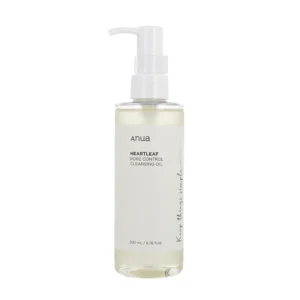
![Best Morning Skincare Routine: Begin Your Day the Right Way 4 [Anua] Heartleaf Succinic Moisture Cleansing Foam, Is Korean Skincare Better](https://comfortmindbody.com/wp-content/uploads/2024/08/Anua-Heartleaf-Succinic-Moisture-Cleansing-Foam-300x300.webp)
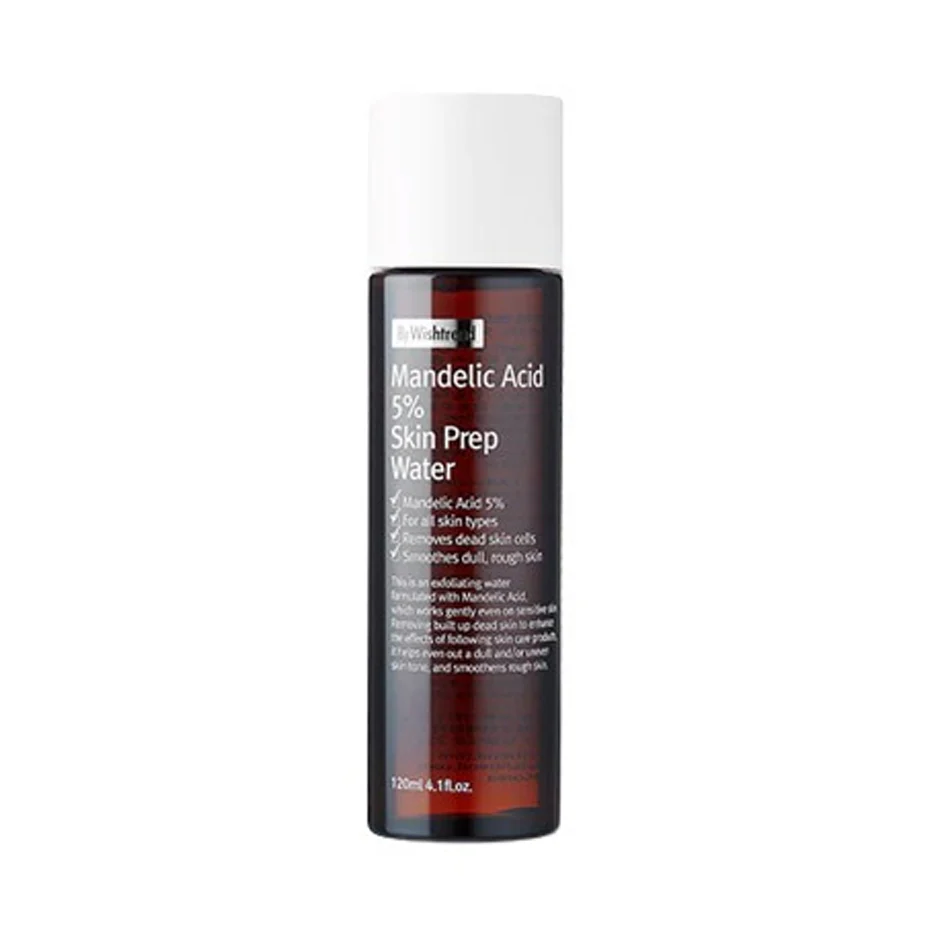
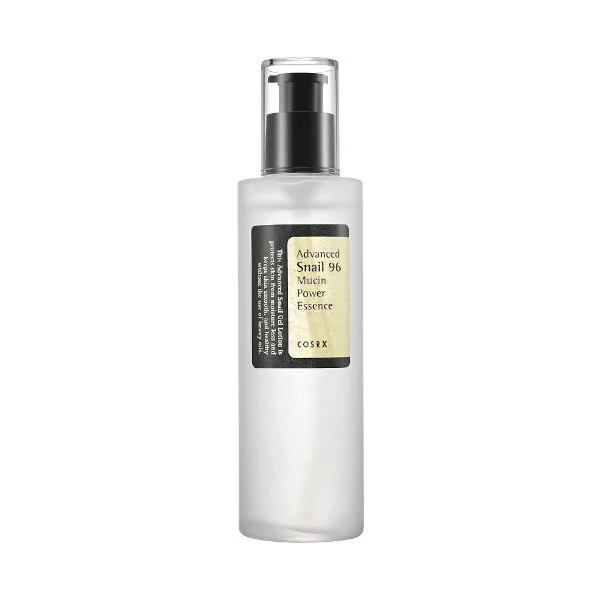
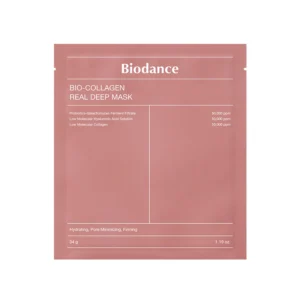
![Best Morning Skincare Routine: Begin Your Day the Right Way 8 [Anua] Niacinamide 10% + TXA 4% Dark Spot Correcting Serum](https://comfortmindbody.com/wp-content/uploads/2024/08/Anua-Niacinamide-10-TXA-4-Dark-Spot-Correcting-Serum.webp)
